Mice are Nice
Her animal repertoire doesn’t just stop with mice.
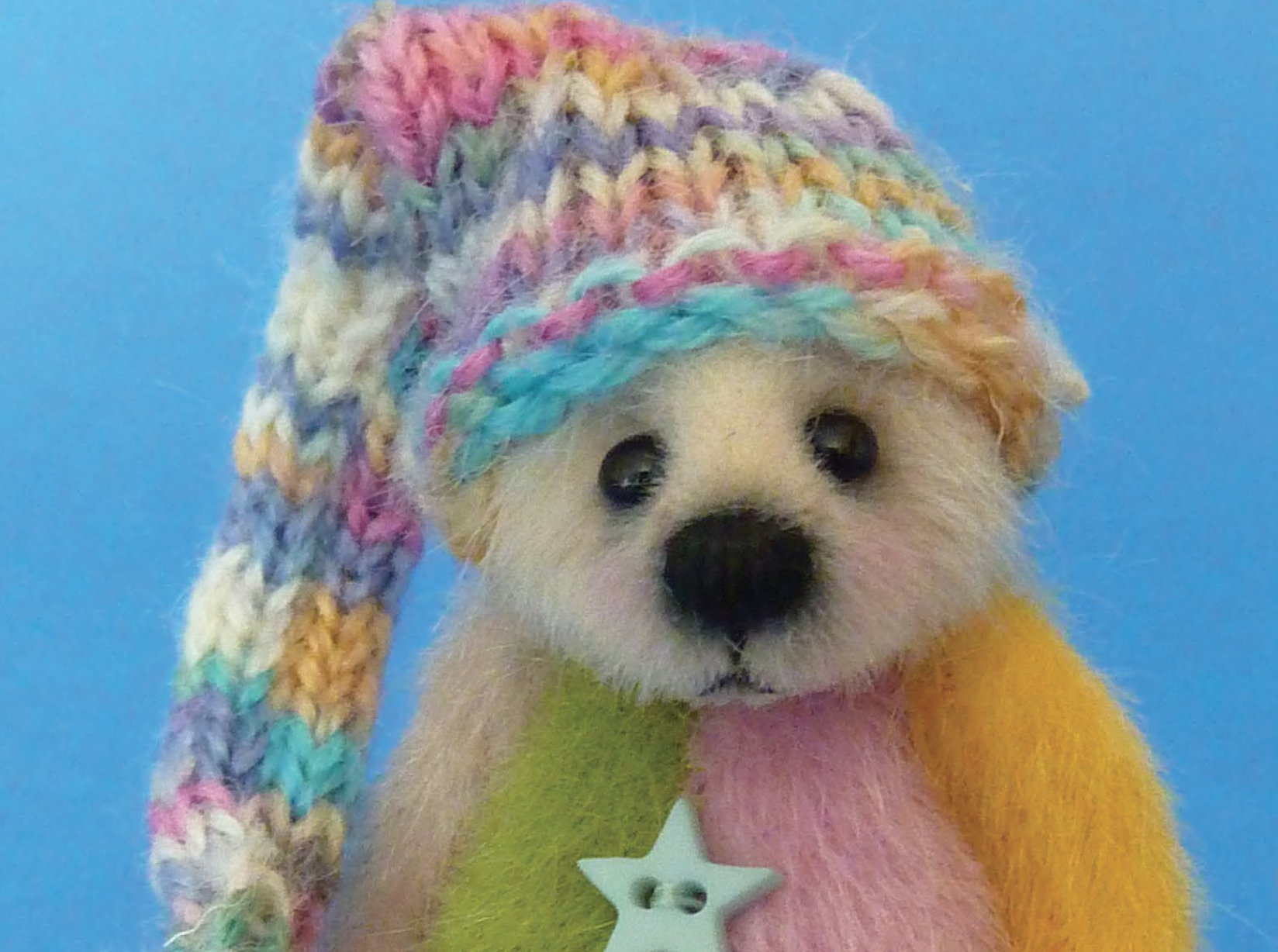
Elanor Andrews admits, with a smile, to having mice in her house in Caddington, England. No worries, however — it’s not the common problem of unwanted pests. In her case, people are eagerly awaiting to adopt them, and they pay well for the privilege. Artful bits of fabric and whimsy, her mice are part of the magical menagerie that emerges over many hours of intense and dedicated labor. There’s no question that this woman is nimble with a thimble.
Her animal repertoire doesn’t stop with mice. There are also badgers and foxes and bears — oh, my! Whatever the species, the effect is the same as she crafts fluff and stuff to make her adorable fuzz buddies — winsome creatures that radiate sweetness and sass.
Andrews officially launched her Shantock Bears enterprise in January 2002. The name was inspired by the house her grandparents built in rural Flaunden, Hertfordshire, England, and the fond memories of shared family times there. She works hard to make the name a proud one.
She combines a variety of high-quality materials to breathe artistic life into her miniature animals, preferring to make them in the 2- to 6-inch range. Under her expert hands, lush materials turn into charming forms of animals, and embroidery brings life to their appealing small faces. “I use X pile (3 to 6 mm), and XX long-pile (8 mm) upholstery velvet, which I purchase from ThreadTeds in Holland,” Andrews said. “Paw pads are usually Ultrasuede, and I use hand-blown English or German glass eyes. For stuffing, in addition to polyester, I use glass beads and steel shot to give weight to the bear, so that it seems heavy and well-fed. My mum fashions all the knitted outfits.” She added that her favorite creations are her mice, and admits that her love of baking cakes influences her in making bears that look like pastel, rainbow-colored confections.
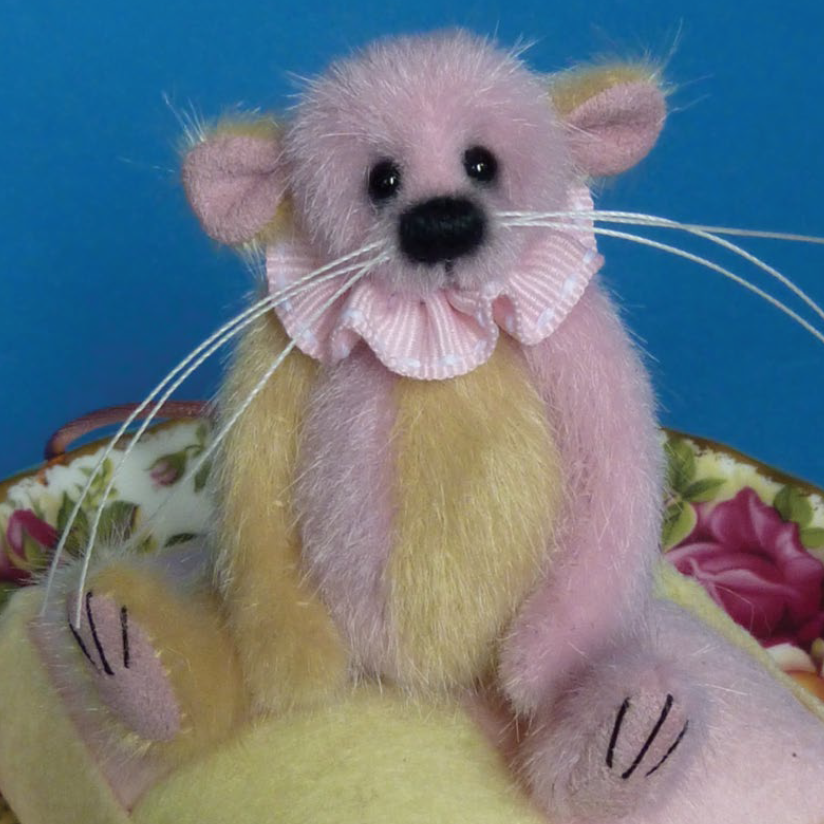
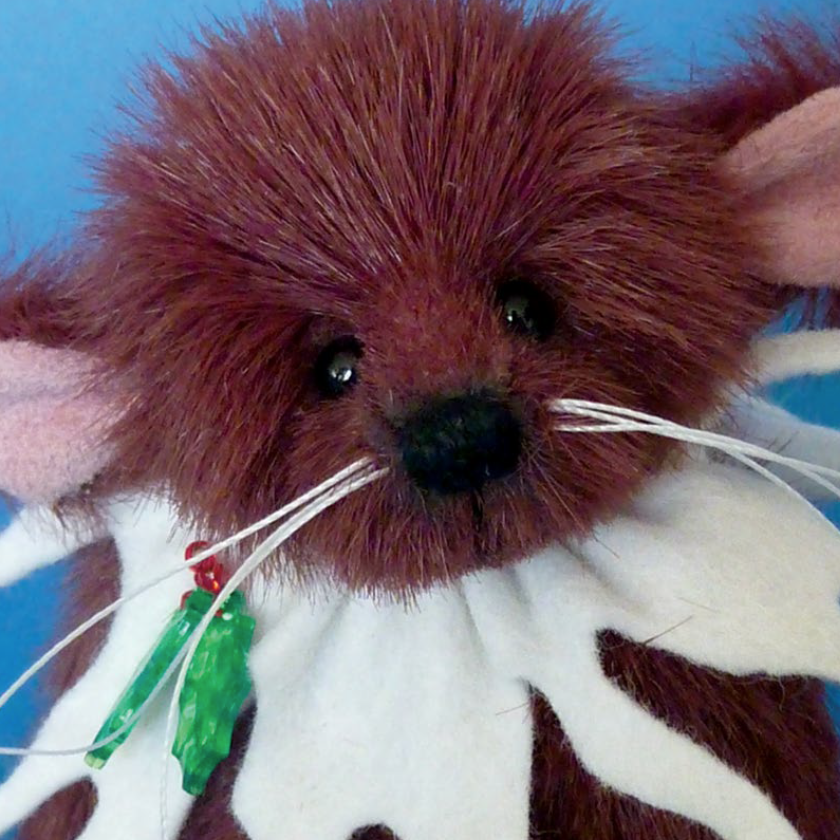
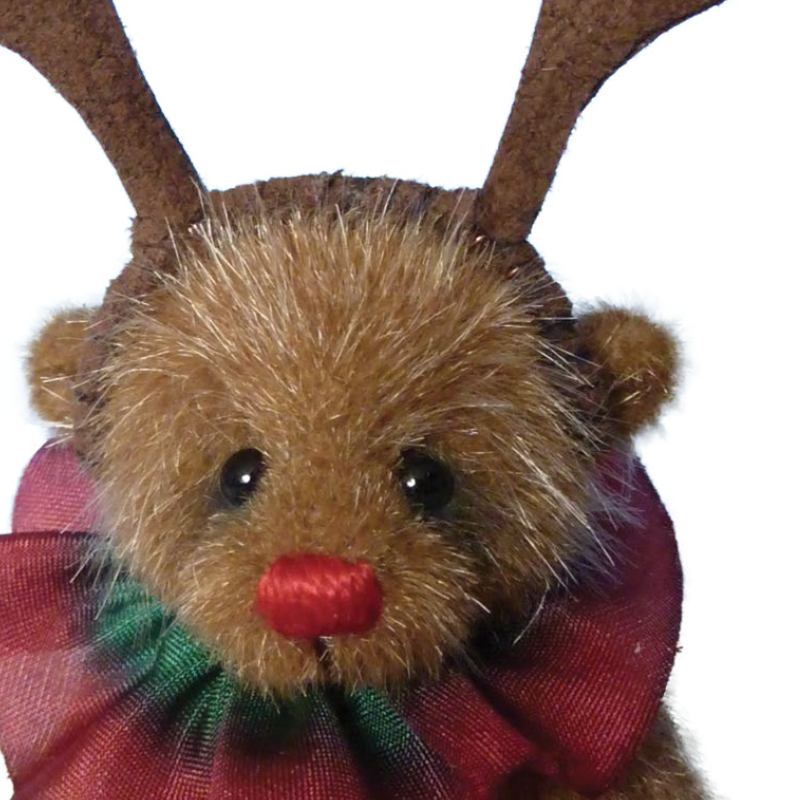
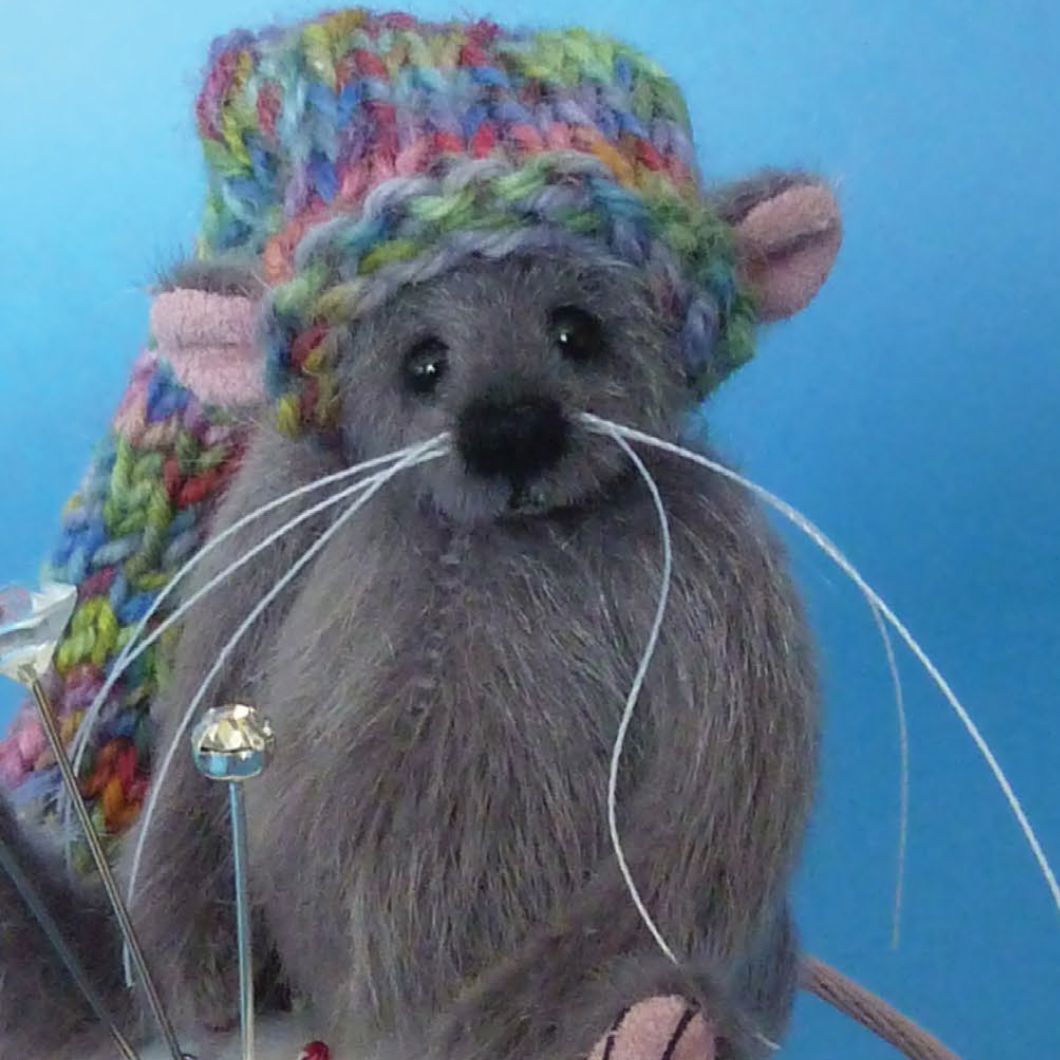
Andrews has been working at her craft for many years. From early childhood through her teen years, she followed her artistic urgings with any materials she could find at hand. Her parents, creative themselves, encouraged her. Her favorite program as a youngster was the BBC’s “Blue Peter,” which inspired many children to make creative messes with sticky-back plastic, pipe cleaners, and glue.
After completing school, she went to design college for two years, then worked in a Social Services day center for adults with learning disabilities. She had the opportunity there to run art groups and classes in sewing, painting, and pottery, all contributing to the overall artistic expertise she was developing.
Then she spotted a bear-making kit in a magazine in January 2002; this became the first step in her journey to designing her own award-winning bears, mice, and other creatures. Since then, her business has expanded to global-scale exhibiting and selling her creations.
“I’ll admit that I do work hard, but I play even harder,” she said. “I love my life, my family, and my friends. I’m a cup-half-full kind of person, a little bit girlie, extremely messy, and I love to sleep. I could not wish for a better talent in life than to make bears and mice and to make people smile.”
She admitted she’s sometimes reluctant to part with something she’s made, but said it gives her an urge to make another, even better, creation to replace it, explaining, “I’m a fidget. I can’t sit still, and I always have to be doing something. I’m always striving for perfection, and anything I make has to be the best.”
She said her plans for future projects include expanding her range of animals to include raccoons and hedgehogs and having a bear-making workshop at a show next year. Anything that encourages people to smile makes the world a better place, and Elanor Andrews is doing just that — one bear and mouse at a time.

